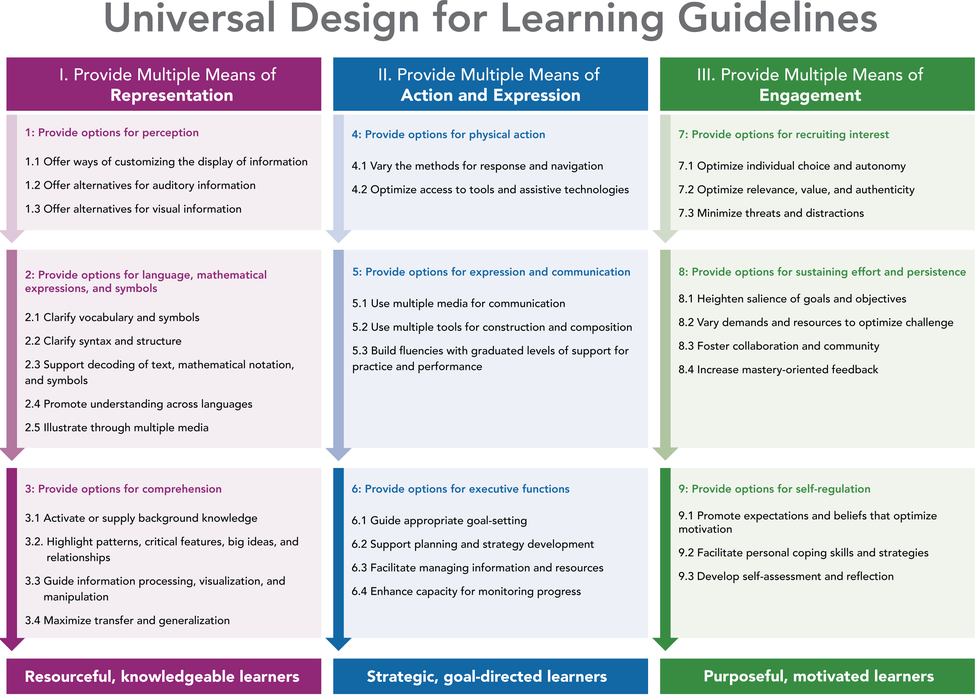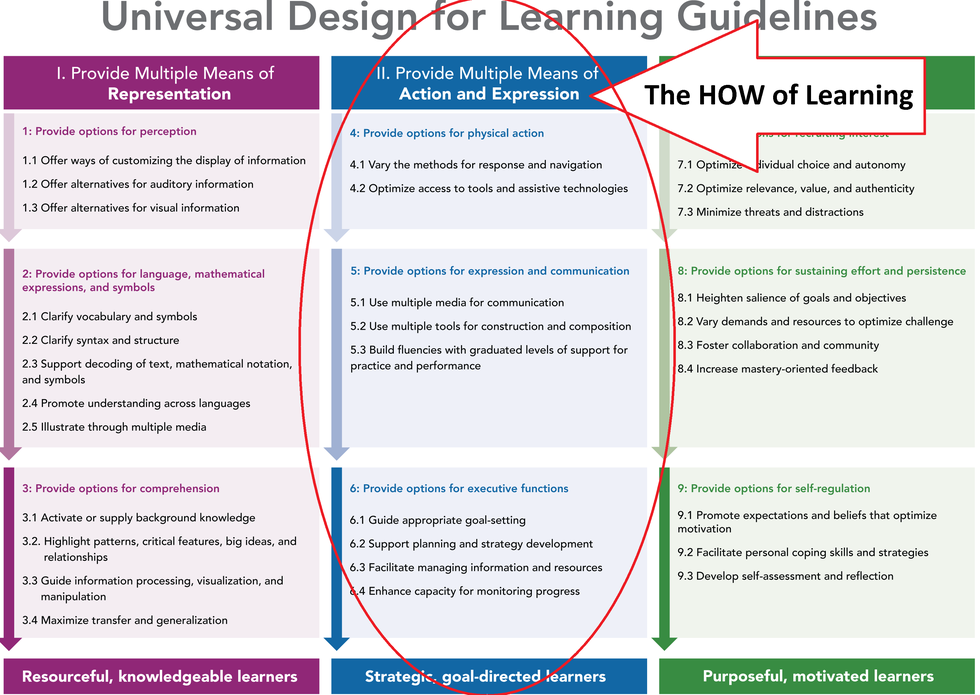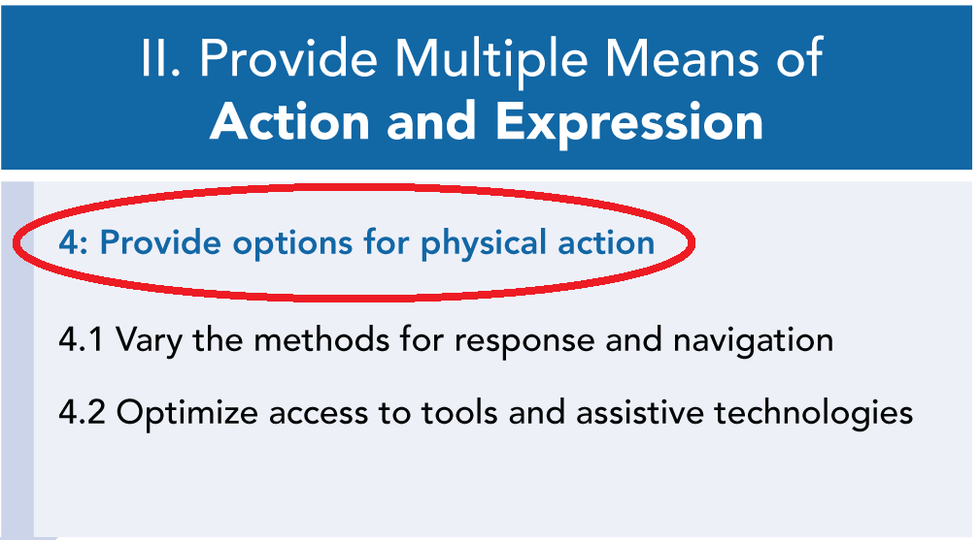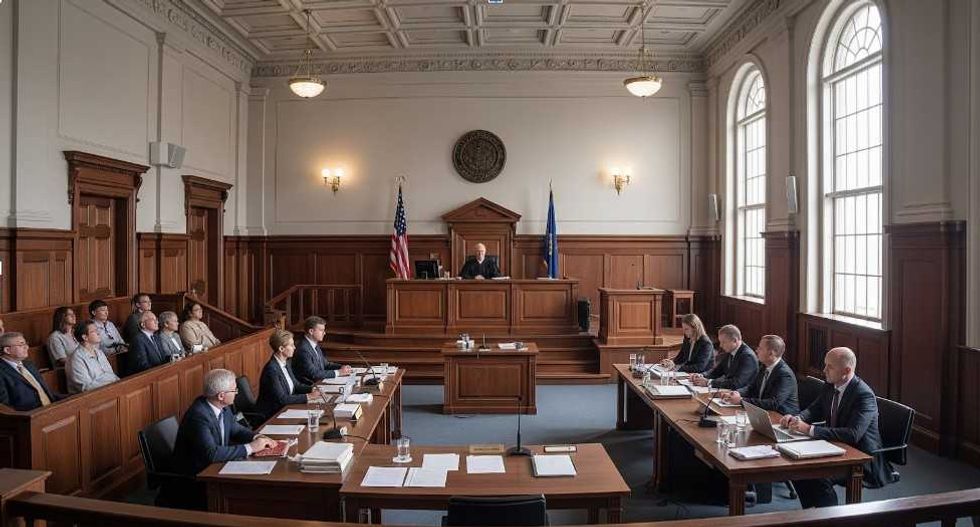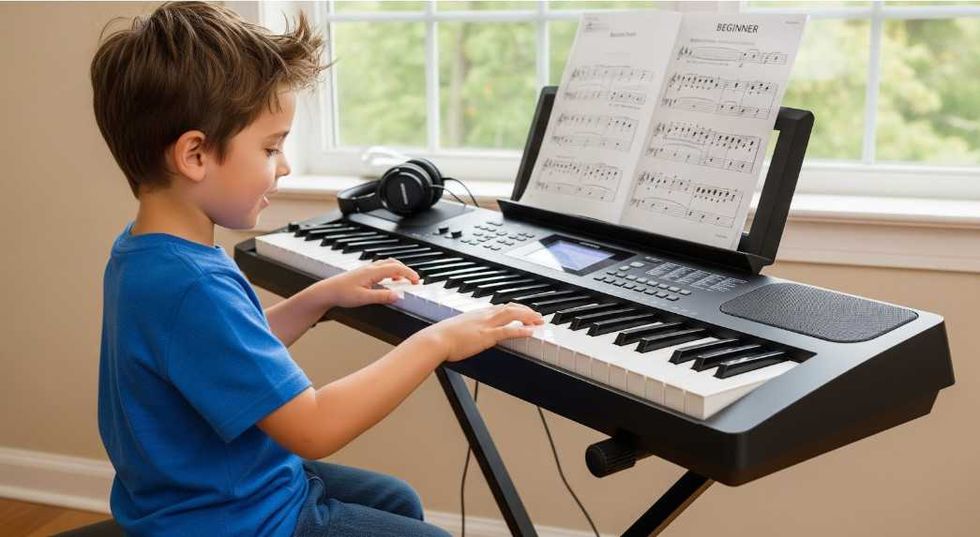Of the three networks of the brain associated with learning, we are ready to take a closer look at the Strategic Network, the principle of Action and Expression or the How of Learning! We previously looked at the overarching principle of representation and then narrowed our focus on guideline one: options for perception (please see previous article):Universal Design for Learning: Taking a Deeper Dive and guideline 2: options for language, mathematical expressions, and symbols (previous article): Universal Design for Learning: Taking a Deeper Dive 2. We wrapped up the principle of representation looking acutely at guideline 3: options for comprehension (in the article) Universal Design for Learning: Deeper Dive 3.
Quick Recap about UDL: Starting with the base knowledge that Universal Design for Learning (UDL) is a framework for designing and delivering instruction based on the three networks of the brain associated with learning:
1. The Recognition Network or the What of learning
2. The Strategic Network or the How of learning
3. The Affective Network or the Why of learning (CAST 20012)
The three broad networks support the three principles of UDL (I) Provide multiple means of representation; (II) provide multiple means of action and expression; and (III) provide multiple means of engagement” (Rose & Meyer, 2002) and the subsequent nine guidelines (diagram below).
We are going to move to the principle of action and expression (or the strategic networks of the brain) and build on that understanding as we move to a more acute understanding of guideline four: provide options for physical action.
As it would suggest, the strategic networks of the brain allow individuals “to plan, execute, and monitor all kinds of purposeful acts in (their) environment” (Meyer, Rose, & Gordon p.74). While we are honing in on the strategic network it is important to note that it does not work in isolation. The recognition and affective networks are very much involved in any learning task demanded in the learning environment. Therefore, the strategic network “helps us strategize every physical and mental process” (Lord Nelson p.14) associated with tasks we perform. When we ask students to “act” on or “express” either content or skill, we must be aware of the demands on these networks.
Let’s zero in on our first of three guidelines under the principle of action and expression: guideline 4: options for physical action (below).
What: Options for physical action simply put are options to do, move, and navigate. This guideline is about understanding the motor demands to navigate instructional materials, physical manipulatives, technologies, and the physical environment. When designing the curriculum and learning environment, one can attend to barriers in the learning environment while taking learner variability into account.
How: By intentionally attending to barriers to learning and addressing learner variability, educators can “design” and provide learning experiences by:
Additionally, some questions to ask when we plan and design are:
- What options exist to allow students to navigate material and show what they know in multiple ways?
- Are there multiple methods for response?
- Have I provided training with tools (no, low, high tech)?
- Have I considered alternative to pencil/paper?
Why: Instructional tools, navigation of the tools, and training of the tools are all demands on learning. When we address the principle of action and expression, it is very important to note that we can imbed the means in the learning goal. Thus, we place demands on a student that does not provide the student with a learning environment that allows them to adequately interact upon or express what they know. At its core, learning is about creating, exploring, interacting. Students need the challenge to be on the learning outcome, not the means by which they get there!
CAST, Inc. (2012) Retrieved from: http://www.udlcenter.org/aboutudl/whatisudl
Meyer, A., Rose, H. D., Gordon, D. (2014). Universal Design for Learning, theory and practice. Wakefield, MA: CAST Professional Publishing.
Lord Nelson, Loui. (2014) Design and Deliver: Planning and Teaching Using Universal Design for Learning. Baltimore, MD: Brookes Publishing.




